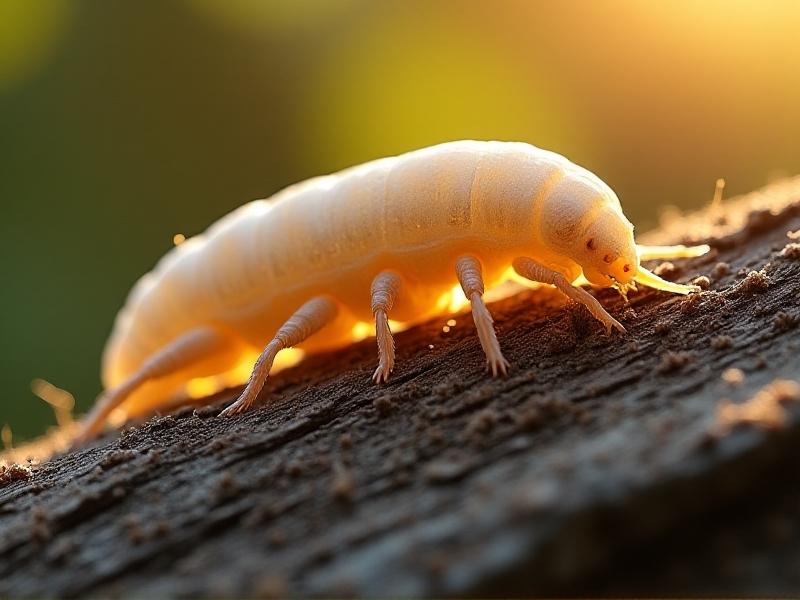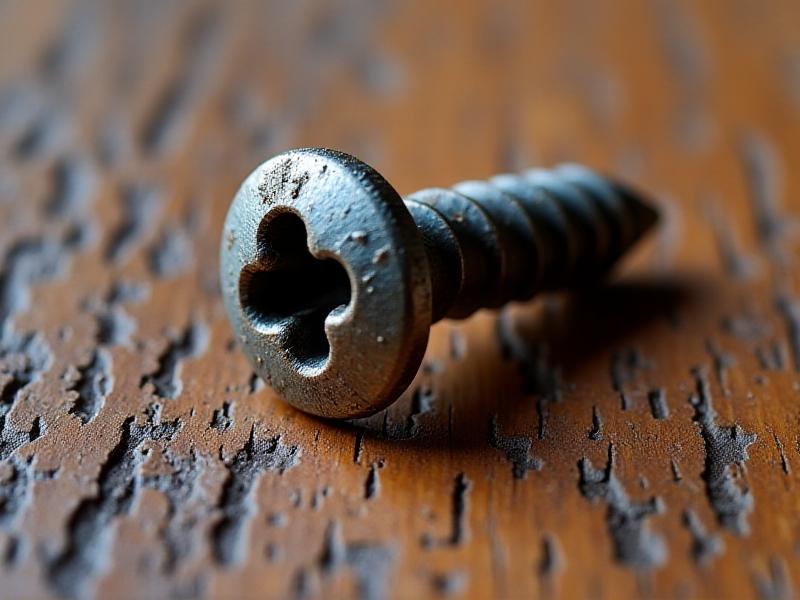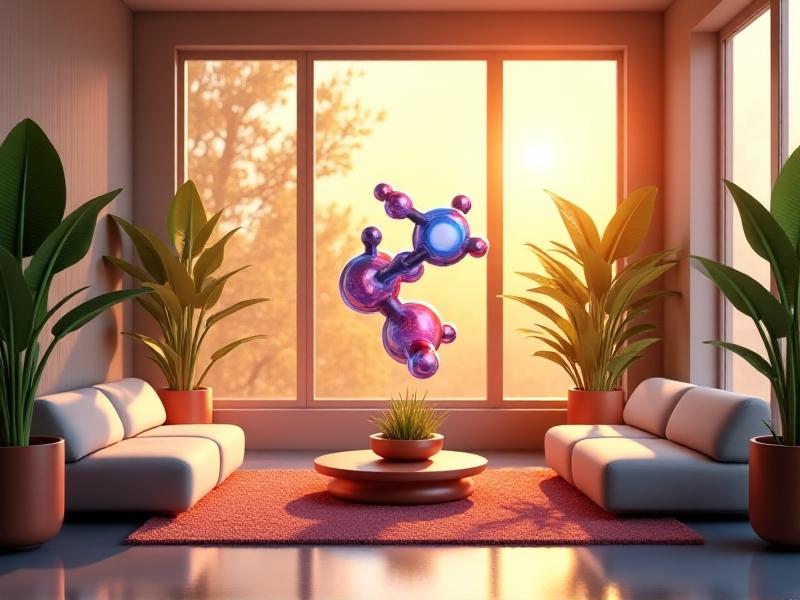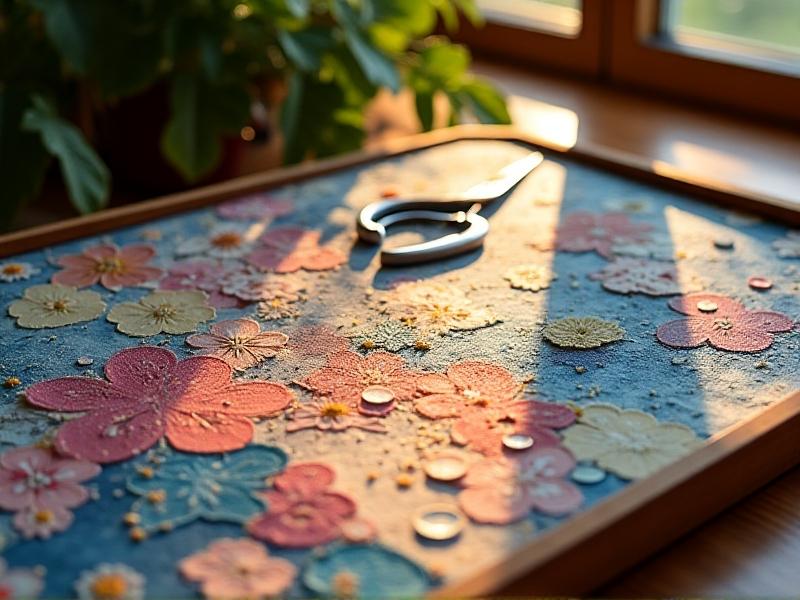Scratch Camouflage: The Walnut Method and Beyond
Introduction to Scratch Camouflage: Art Meets Practicality
Scratch camouflage is a craft that blends creativity with functionality, offering solutions to conceal imperfections in wood, furniture, and even walls. Rooted in resourcefulness, it transforms minor damages into opportunities for artistic expression. Historically, people turned to natural materials to mask scratches, but today’s techniques range from pantry staples to advanced technologies. This practice isn’t just about hiding flaws—it’s about embracing sustainability and ingenuity. As consumers increasingly prioritize eco-friendly fixes, scratch camouflage has evolved into a niche yet impactful skill for homeowners, renters, and DIY enthusiasts alike.
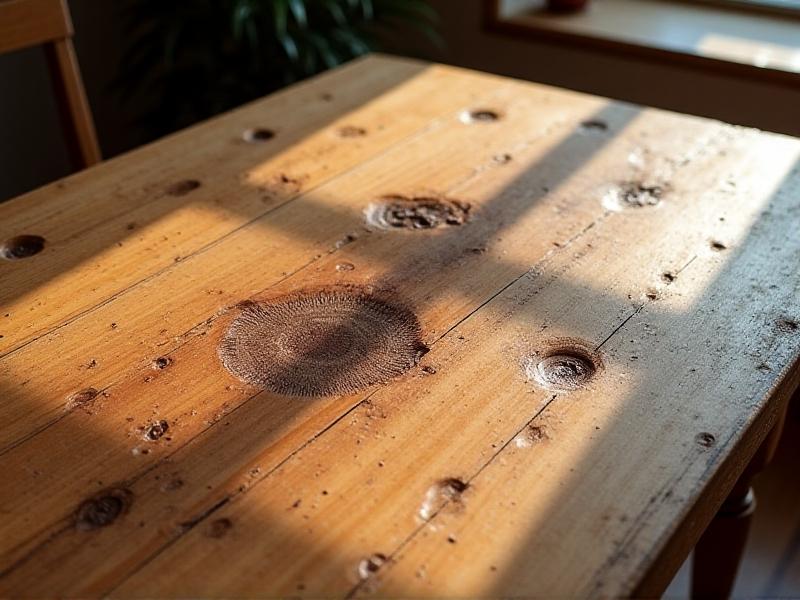
The Walnut Method: Nature’s Answer to Imperfections
The walnut method is a time-tested trick for disguising scratches on wooden surfaces. By rubbing the oily flesh of a walnut into a scratch, the natural dyes and fats temporarily darken the exposed wood, creating a seamless repair. This technique works because walnut oil penetrates the wood fibers, while the nut’s granular texture helps fill minor gaps. Though not permanent, it’s a quick, chemical-free fix that aligns with zero-waste principles. Historically, woodworkers kept walnuts in their toolkits for on-the-spot touch-ups, proving that sometimes the simplest solutions are the most enduring.
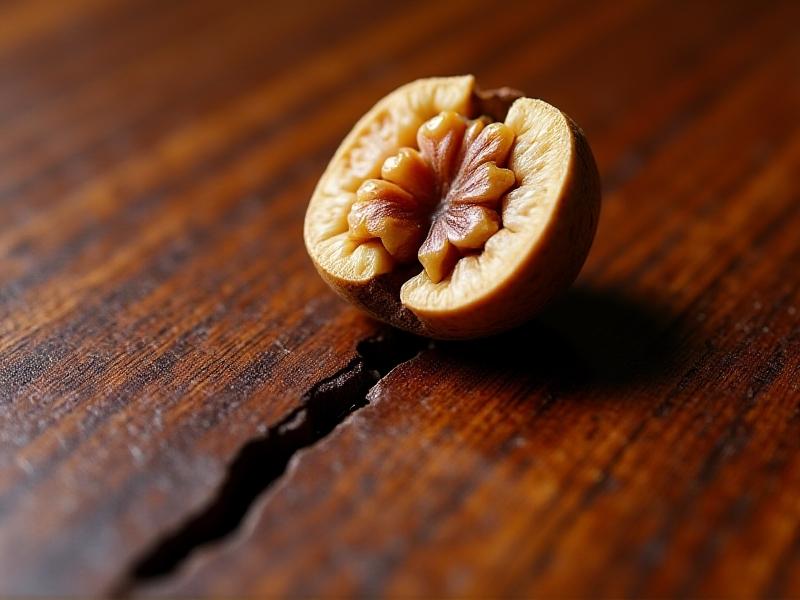
Beyond Walnuts: Unconventional Materials in Scratch Camouflage
While walnuts are a classic choice, items like tea bags, coffee grounds, and even crayons can achieve similar effects. Black tea, for instance, stains light scratches on wood due to its tannin content, while coffee’s granular texture fills gaps. Mustard powder mixed with water forms a paste that mimics wood tones, and melted candle wax can seal deeper gouges. These alternatives highlight the diversity of scratch camouflage—each material offers unique color profiles and durability. Experimentation is key, as the effectiveness depends on the surface type, scratch depth, and desired aesthetic.
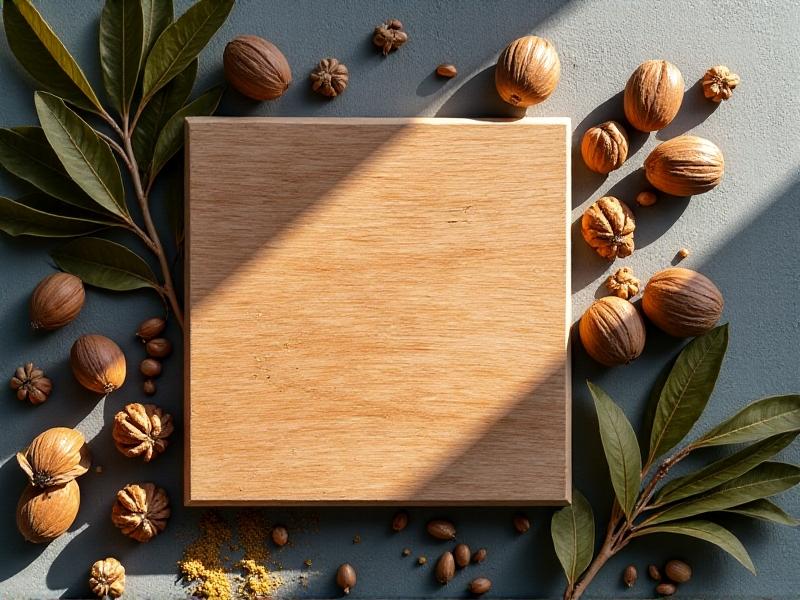
Modern Innovations: From DIY Tricks to High-Tech Solutions
Today’s market offers specialized products like touch-up markers, wax fillers, and even UV-cured resins for scratch repair. Companies like Minwax and Howard Products sell wood-restoring kits that combine pigments and binders for longer-lasting results. On the tech front, researchers are developing “self-healing” coatings embedded with microcapsules that release color-matching agents when scratched. These innovations bridge the gap between traditional methods and cutting-edge science, providing options for both casual DIYers and professionals seeking durable fixes.
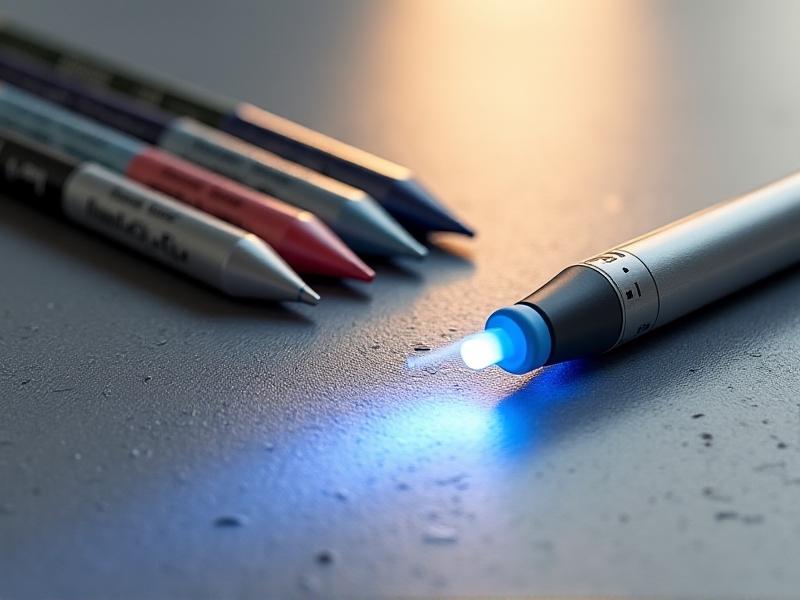
Applying Scratch Camouflage: Tips for Homeowners and Crafters
Successful scratch camouflage starts with surface preparation. Clean the area thoroughly to remove dust, and test materials on an inconspicuous spot. For natural methods, apply in circular motions and buff excess residue with a cloth. When using commercial products, layer colors to match the surrounding material and seal with a clear topcoat. Depth matters: shallow scratches may only need staining, while deeper ones require filling. Remember, the goal is to mimic the original texture—a blend of patience and precision yields the most invisible repairs.
The Future of Scratch Camouflage: Sustainability and Smart Materials
As environmental concerns grow, the demand for biodegradable and renewable scratch solutions is rising. Researchers are exploring plant-based polymers and mycelium-derived coatings that decompose naturally. Meanwhile, “smart” materials with adaptive color-matching capabilities—inspired by cephalopod skin—are in early development. These advancements could revolutionize scratch repair, making it not just reactive but preventive. By merging tradition with innovation, the future of scratch camouflage promises to be as dynamic as its history.



